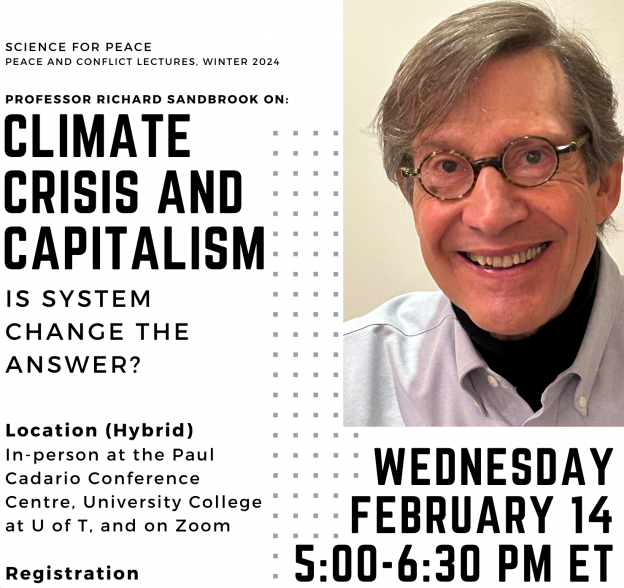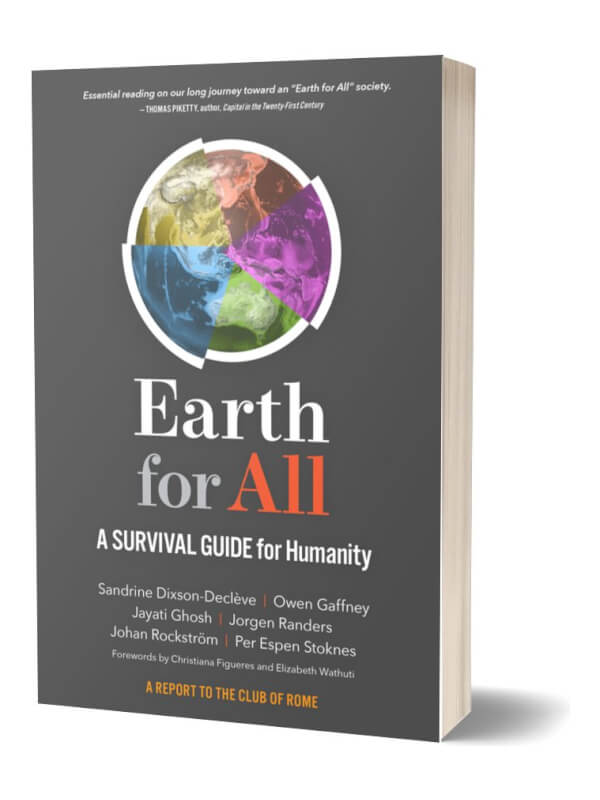This 55-minute lecture assesses approaches for surmounting the accelerating climate crisis. i focus on the desirability, viability, and potential feasibility of these approaches.
The argument is simple.

This 55-minute lecture assesses approaches for surmounting the accelerating climate crisis. i focus on the desirability, viability, and potential feasibility of these approaches.
The argument is simple.

It is a harsh truth: no matter how sound the analysis of a problem and no matter how reasonable and progressive the proposed policy solutions, without a workable political strategy, the vision is more in the way of wishful thinking than a practical guide. Continue reading